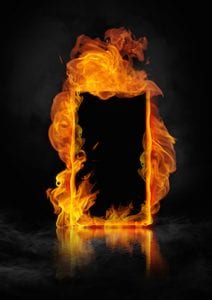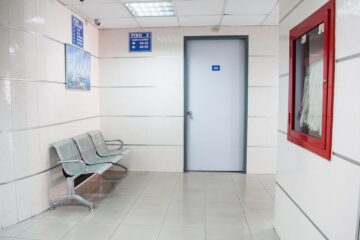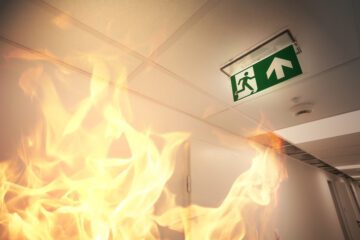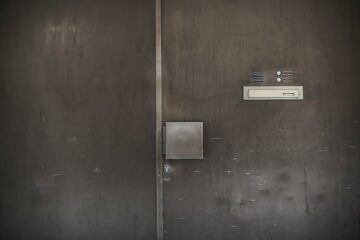Fire Resistance Level and Fire Ratings
The term “fire rating” is very broad and can be misinterpreted and misused. Under the Building Code of Australia, the correct terminology is fire resistance level or FRL. While fire rating plays a part in the various parts of a FRL, the two are not the same or interchangeable. When it comes to a FRL, it is important to understand what the different components are, how they are determined and the role they play in passive fire protection, particularly in fire doors.
FRL Explained
The technical expression of an FRL is:
Structural adequacy/integrity/insulation or SA/INT/INS
- Structural adequacy is defined as the measure of a tested assembly to be load bearing, or carry a predetermined load, during fire conditions. This measure is generally relevant for wall systems and not door & frame systems. Door & frame systems are said to have no load bearing ability.
- Integrity is the measure of a test assembly to restrict the passage of flame and hot gasses. It does not measure smoke leakage.
- Insulation is a measure of the temperature rise on the non-exposed, or non-fire side, of a fire resistant separating barrier.
The passing value is determined by the number of minutes in which there is no failure when tested in accordance with AS 1530 Part 4 fire test criteria.
So when you see the fire resistance level expressed as 60/60/60 it means that each element passed for that number of minutes.
SA = 60 minutes INT = 60 minutes INS = 60 minutes
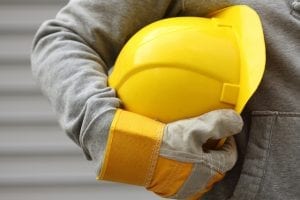 Fire Testing
Fire Testing
The fire testing is conducted by taking a test specimen, representative of what will be used out in the field, and subject it to standard time versus temperature heating conditions and a standard pressure differential. The test measures the above elements of SA, INT, and INS to establish a FRL.
Failure Criteria
AS 1540 Part 4 outlines the passing deviations for the three categories and describes how to test each element.
Structural adequacy fails when the test specimen collapses or when the maximum rate of deflection exceeds prescribed limits.
Integrity fails when one of the following occurs:
- There is continuous flaming on the non-fire side of the test assembly
- Through gap into the furnace exceeds the prescribed sizes
- Ignition of the cotton wool pad test
It is typically the duration of integrity that is mislabeled “fire rating”. If a door had a fire rating of two hours, it is because the integrity portion of an FRL tested at 120 minutes, ie -/120/30. Note the structural adequacy is shown as “-” as doors and frames don’t have any structural adequacy.
Insulation fails when the thermocouples, or temperature measuring devices on the non-fire side of the test assembly, exceed the prescribed limits.
Click on the link to find out more about Spartan fire rated doors or check out this cool video showing a Durasteel Blast Doors pass a 4-hour integrity test.
